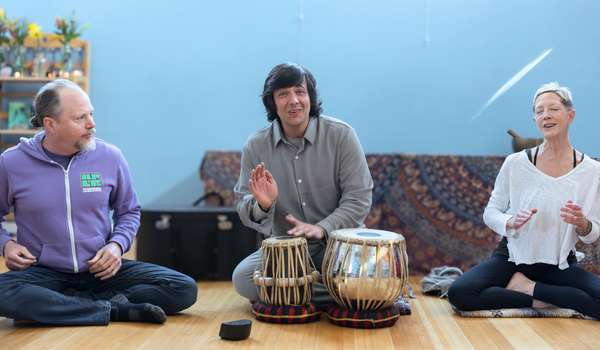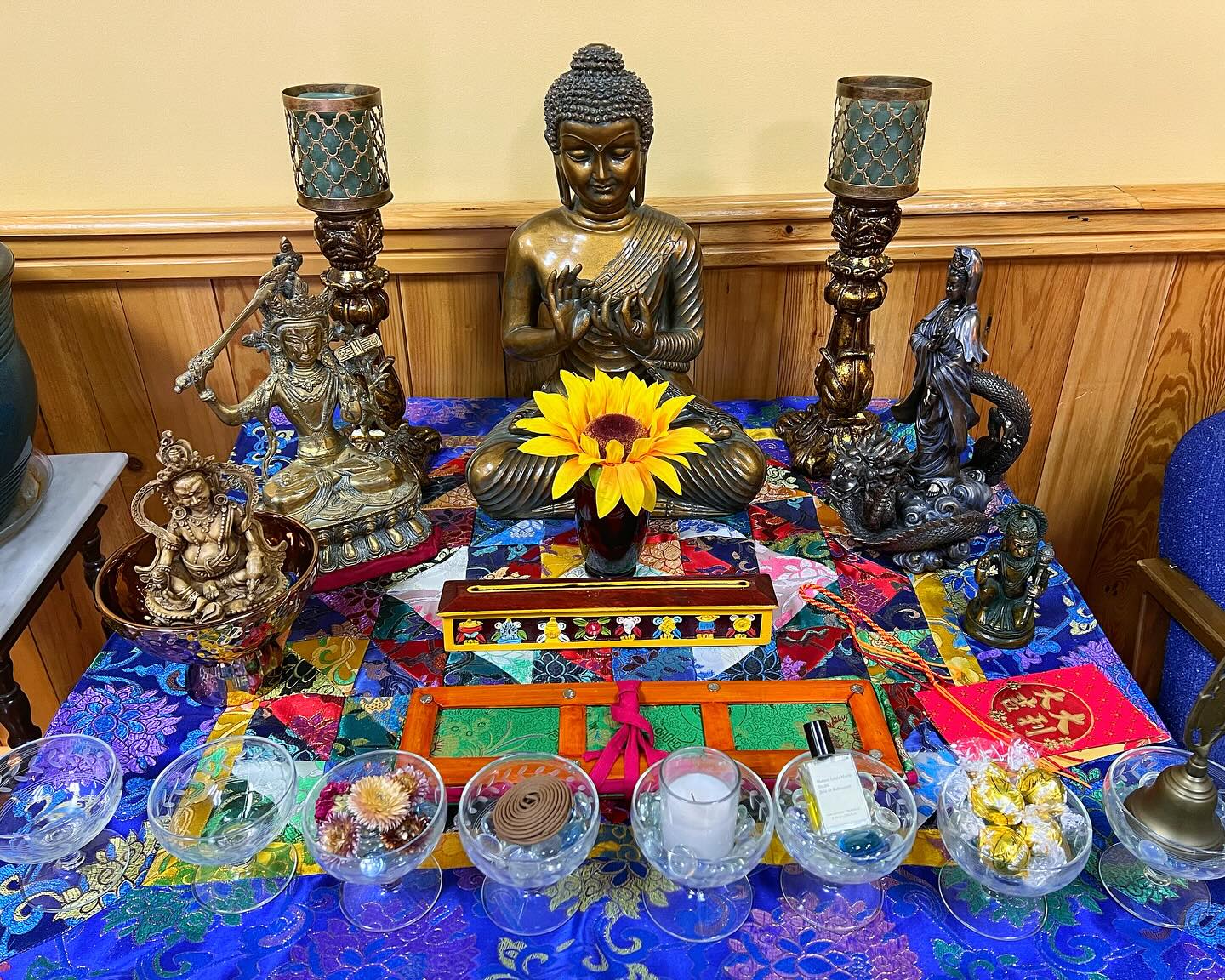Kirtan in Asheville: A Beginner’s Guide to Yoga’s Sacred Sound Practice
Kirtan in Asheville is a joyful, communal chanting practice rooted in yoga tradition. At Asheville Yoga Center, gatherings welcome people of all backgrounds—no singing or yoga experience needed. Since 1997, the center has created space for connection, peace, and...

Kirtan in Asheville: A Beginner’s Guide to Yoga’s Sacred Sound Practice
The Meaning of Kirtan in Yoga Tradition
Why Kirtan Is Called “Yoga of Sound”
Kirtan in Ancient India and the Bhakti Yoga Tradition
How Kirtan Spread to the West
Call-and-Response Chanting Explained
At the heart of kirtan is the call-and-response format, a beautifully simple yet powerful structure. A leader sings a line—a mantra or phrase—and the group echoes it back. It’s a dialogue, a back-and-forth that builds energy with each repetition. You don’t need to know the words at first; the repetition makes it easy to catch on. There’s something primal about it, like a conversation that transcends language. It’s not uncommon to feel a shift as you chant—stress melting away, a sense of connection blooming with strangers who, for that moment, feel like family.
Instruments You’ll Hear in Kirtan (Harmonium, Drums, Cymbals & More)
The soundscape of kirtan is as inviting as the chanting itself. The harmonium, a small, portable reed organ, often leads the melody with its warm, droning tones, grounding the group in a steady hum. Drums like the tabla or mridangam bring a heartbeat to the music, their rhythms urging you to move or clap along. Hand cymbals, known as kartals, add a bright, shimmering layer, while other instruments—think guitars, flutes, or even a tambourine—might weave in depending on the group. It’s a living, breathing sound, often raw and unpolished, but that’s the charm. It’s not a performance; it’s a shared creation.
The Role of Sanskrit Mantras
Central to kirtan are the mantras, often sung in Sanskrit, the ancient language of yoga and spiritual texts. These aren’t just random words—they’re believed to carry specific vibrations, each syllable resonating with a unique energy. Chanting “Om,” for instance, is said to connect you to the universal sound, while other mantras might invoke peace, love, or healing. You don’t need to understand Sanskrit to feel the effects; the sound itself does the work, bypassing the mind and speaking straight to the heart. It’s a practice of letting go—less about intellectualizing, more about immersing yourself in the moment.
Kirtan at Asheville Yoga Center, Kirtan in Daily Life
The Bigger Picture: Kirtan as a Gateway to Bhakti Yoga, How Music and Spirituality Intertwine
Join the Sacred Sound of Kirtan at Asheville Yoga Center

 Tfoso
Tfoso 



















![The 2026 AI Search Benchmark Every SEO Leader Needs [Webinar] via @sejournal, @lorenbaker](https://www.searchenginejournal.com/wp-content/uploads/2025/11/1-259.png)



.jpg&h=630&w=1200&q=100&v=ebcc31501f&c=1)






